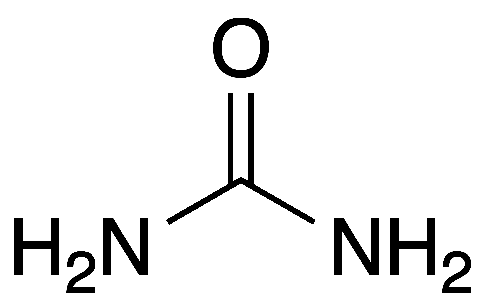
Des . 12, 2024 13:35 Back to list
phosphate plant fertilizer
The Impacts of Phosphate Plant Fertilizer on Agriculture and Environment
Phosphate fertilizers play a crucial role in modern agriculture, enhancing crop productivity and supporting global food security. Phosphorus, one of the three primary macronutrients essential for plant growth—along with nitrogen and potassium—is vital for various physiological functions in plants. However, the production and application of phosphate fertilizers raise important questions regarding their effects on agricultural practices and the environment.
Importance of Phosphate Fertilizers
Phosphate fertilizers are derived from mined phosphate rock, which is processed to produce two main forms monoammonium phosphate (MAP) and diammonium phosphate (DAP). These forms of fertilizer provide crops with readily available phosphorus, essential for root development, flowering, and fruiting. The application of phosphate fertilizers can significantly boost crop yields, especially in regions with phosphorus-deficient soils.
The global demand for phosphate fertilizers has skyrocketed in recent decades, driven by the need to feed an ever-growing population. According to reports, about 90% of the world’s mined phosphate is used in agriculture, underscoring its vital role in food production. In this context, phosphate fertilizers can be seen as a double-edged sword; while they enhance agricultural productivity, they also pose several environmental challenges.
Environmental Concerns
The excessive use of phosphate fertilizers can lead to several environmental issues. One of the most pressing concerns is the phenomenon known as eutrophication, where nutrient runoff from agricultural fields enters local waterways. This process results in algal blooms that deplete oxygen levels in the water, leading to dead zones that threaten aquatic life. The degradation of water quality can have far-reaching impacts on ecosystems and human health.
Moreover, the mining and processing of phosphate rock can contribute to land degradation and habitat destruction. Open-pit mining operations strip large areas of land, disrupting local ecosystems and displacing communities. Additionally, the chemical processes used in the production of phosphate fertilizers can generate harmful waste products, posing risks to workers and nearby populations.
phosphate plant fertilizer

Sustainable Practices
To mitigate the adverse effects associated with phosphate fertilizers, it is essential to adopt sustainable agricultural practices. Precision agriculture, for instance, utilizes technology to ensure that fertilizers are applied in the right amounts and at the right times, minimizing waste and reducing environmental impact. Soil testing and monitoring can help farmers assess their fields' nutrient needs, allowing for targeted applications of phosphate fertilizers.
Furthermore, integrating organic fertilizers, such as compost and manure, can help maintain soil health and reduce dependence on chemical fertilizers. Crop rotation and cover cropping are other effective strategies that enhance soil fertility while decreasing the need for synthetic inputs. These practices not only promote a more sustainable approach to agriculture but also improve resilience against pests and diseases.
Alternative Sources of Phosphorus
As global phosphate rock reserves begin to dwindle, researchers are exploring alternative sources of phosphorus. Recovering phosphorus from wastewater through innovative technologies offers a promising solution. This approach not only recycles nutrients but also reduces the pollutant load in water bodies. Additionally, the development of phosphorus-efficient crop varieties can enhance the utilization of available phosphorus, making it possible to achieve higher yields with lower fertilizer inputs.
Conclusion
Phosphate fertilizers are indispensable in today’s agricultural landscape, contributing to increased food production and global food security. However, the environmental challenges associated with their use cannot be overlooked. Balancing the need for higher agricultural productivity with environmental conservation requires a multifaceted approach that includes the adoption of sustainable practices, exploration of alternative phosphorus sources, and further research into the ecological impacts of fertilizer use.
As we move forward, it will be crucial for farmers, policymakers, and researchers to collaborate in finding solutions that protect our environment while ensuring that agricultural systems remain productive and resilient. By taking proactive measures, we can harness the benefits of phosphate fertilizers while mitigating their environmental footprint, ultimately fostering a more sustainable agricultural future.
-
10 10 10 Fertilizer Organic—Balanced NPK for All Plants
NewsJul.30,2025
-
Premium 10 10 10 Fertilizer Organic for Balanced Plant Growth
NewsJul.29,2025
-
Premium 10 10 10 Fertilizer Organic for Balanced Plant Growth
NewsJul.29,2025
-
Premium 10 10 10 Fertilizer Organic for Balanced Plant Growth
NewsJul.29,2025
-
50 Pound Bags of 13-13-13 Fertilizer for All Plants – Bulk & Organic Options
NewsJul.28,2025
-
High-Efficiency 15-30-15 Granular Fertilizer for Healthy Crops
NewsJul.28,2025
